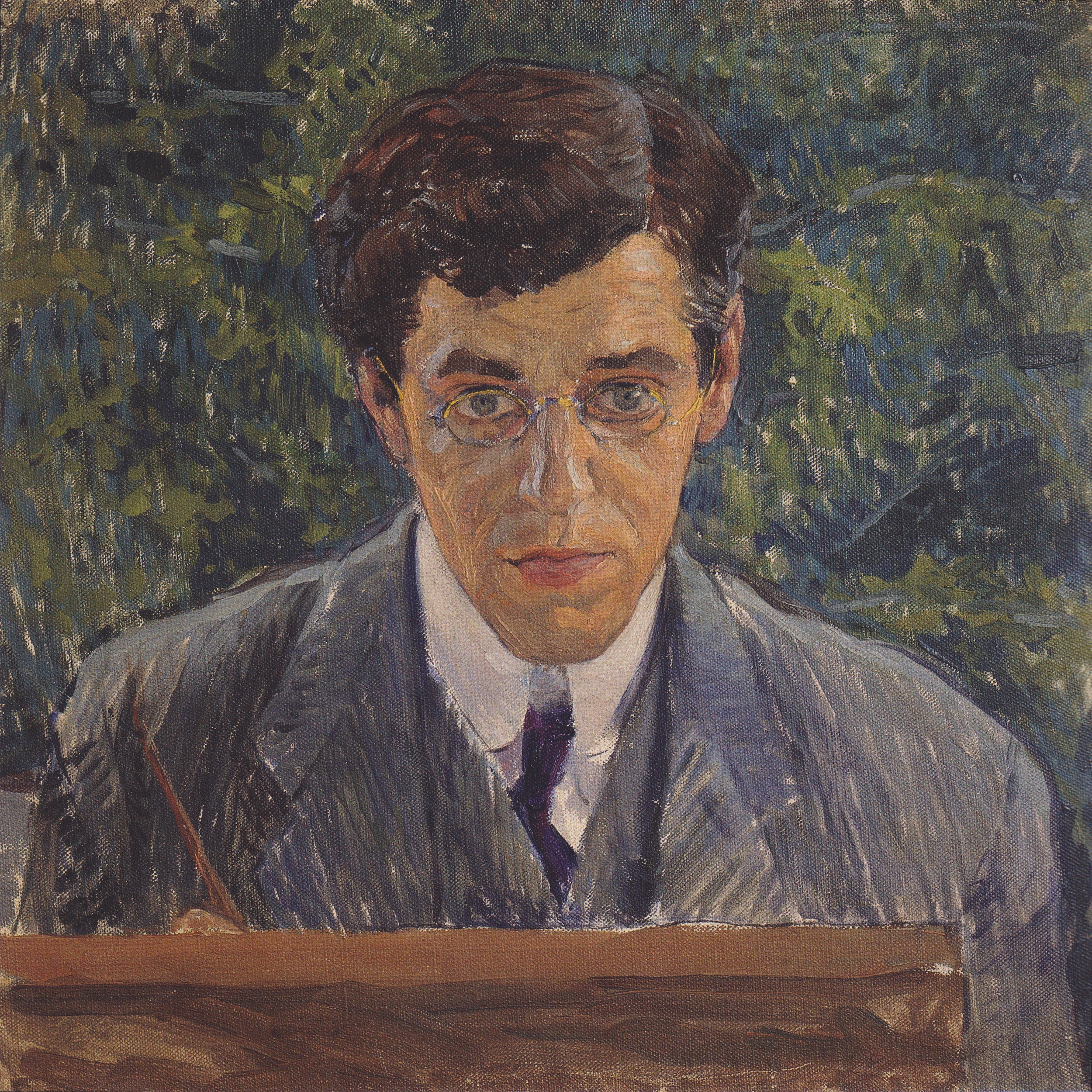The Wittgenstein Vitrine is a dazzling testimonial to design, craft, and innovation. Designed by Carl Otto Czeschka for the Wiener Werkstätte and exhibited at the 1908 Vienna Art Show, it was purchased by Karl Wittgenstein and displayed proudly in his Vienna palace. It has an onyx top, flat glass front and back, curved glass sides, four glass shelves, and an ebony veneered base. Between the base and top, though, is over 5 feet (almost 2 meters) of the most glorious silver, opals, pearls, ivory, and enamel worked into intricate vines, squirrels, and birds. The two caryatids on the sides that support the top also bear lavish silver, ivory, and enamel decoration. The entire case is a revelatory jewel that is nothing short of breathtaking. It is hard to imagine the treasures that would be worthy of display in the vitrine (I am not sure anything would be noticed inside). Each curved section surrounding the small windows is a unique design, featuring a silver woodland scene set with the semiprecious stones as berries and other design elements.
The Dallas Museum of Art spent several years conserving the vitrine and exposing its original glory. Imagine cleaning 100 years of silver polish that accumulated between the silver and the glass! One of the curved glass sides was missing when the museum acquired the treasure and had to be painstakingly fabricated to fit the silver overlay. The vitrine positively glows now as a testament to the compelling vision of the Wiener Werkstätte and the care of the museum’s conservators.
- Brad Allen


 Carl Otto Czeschka
Carl Otto Czeschka